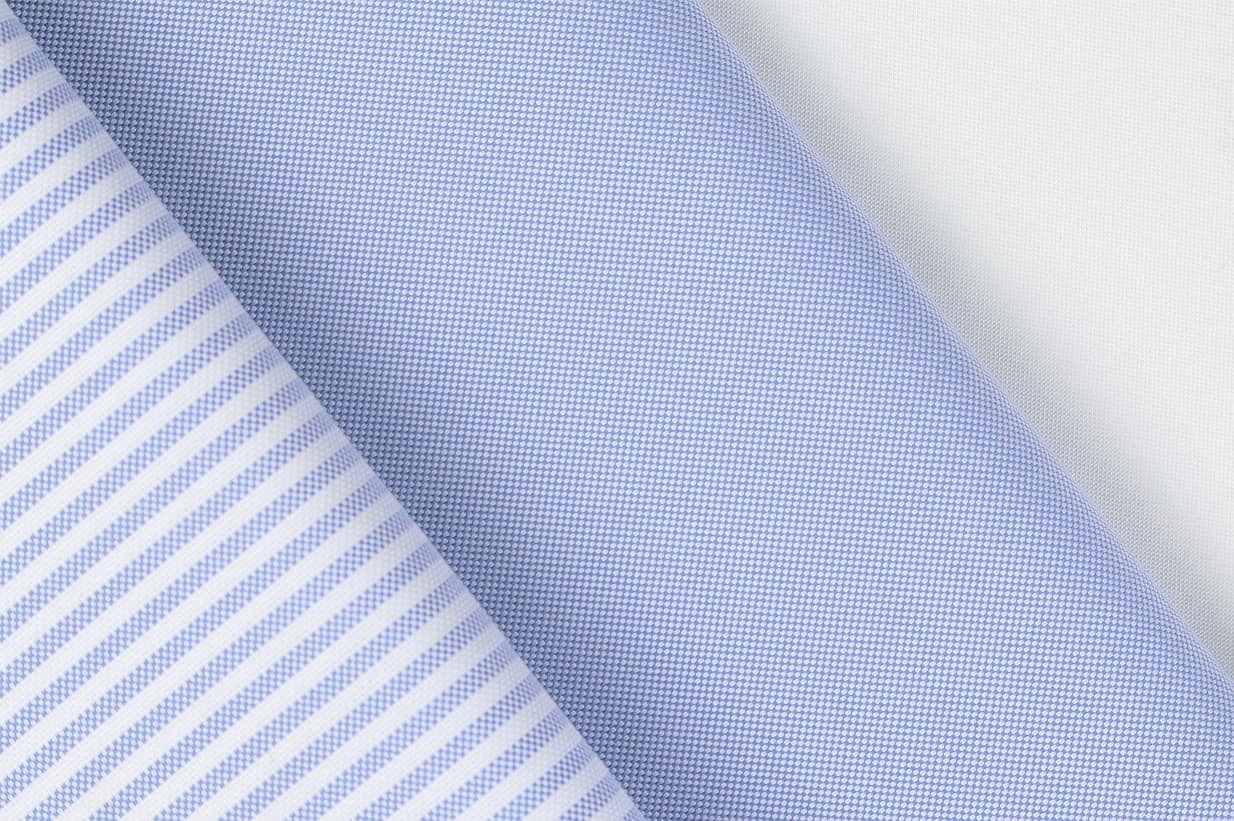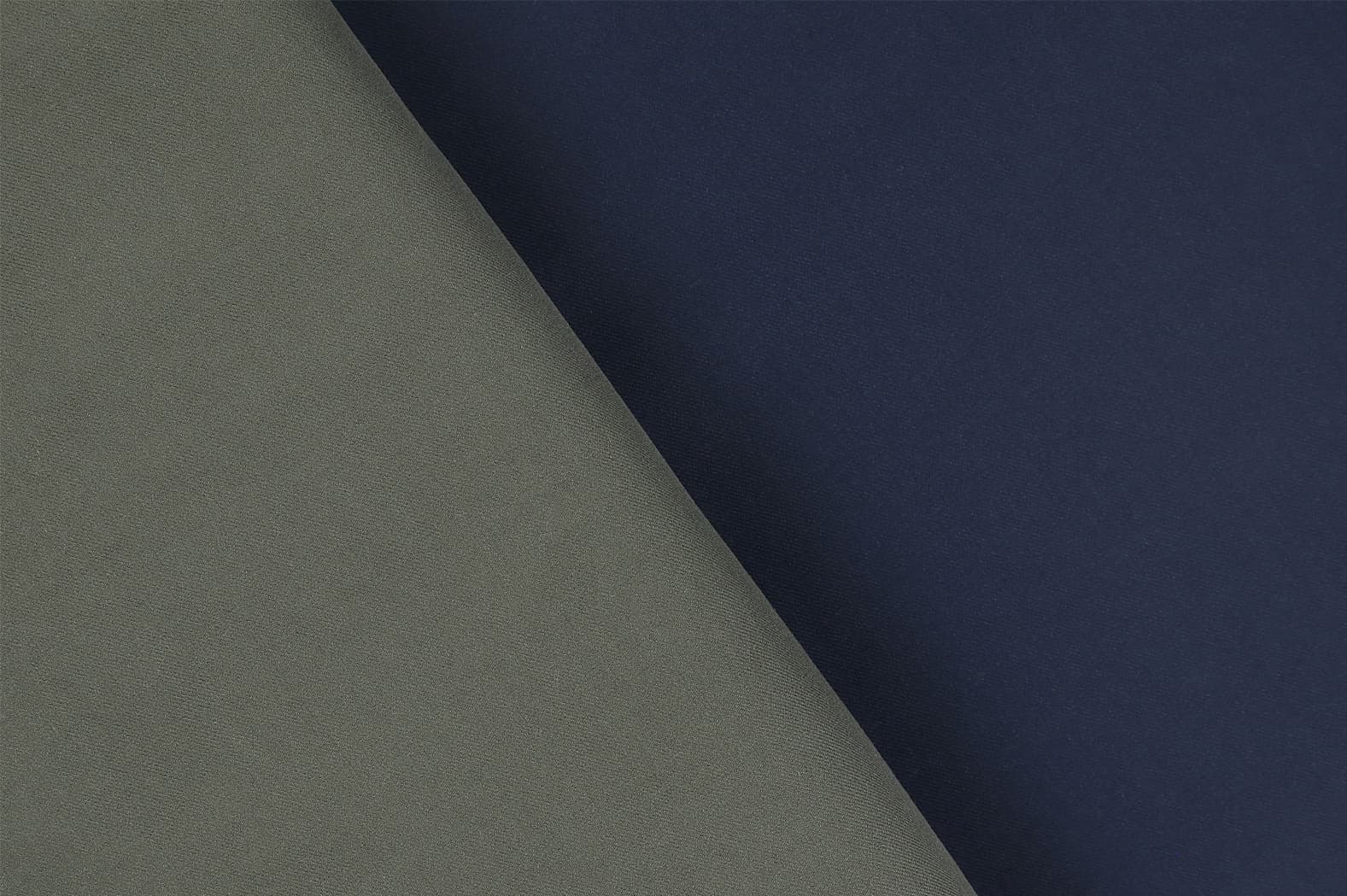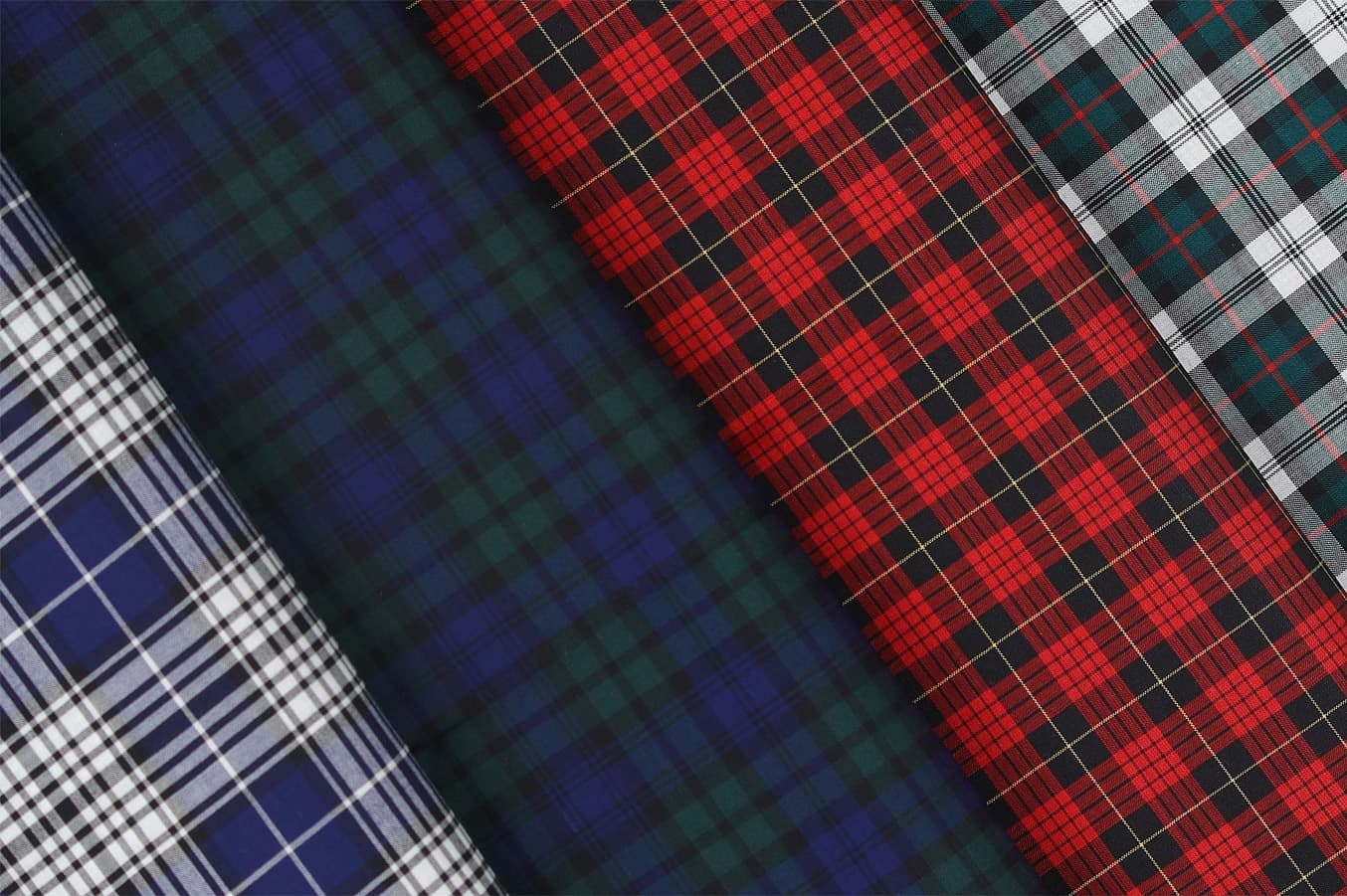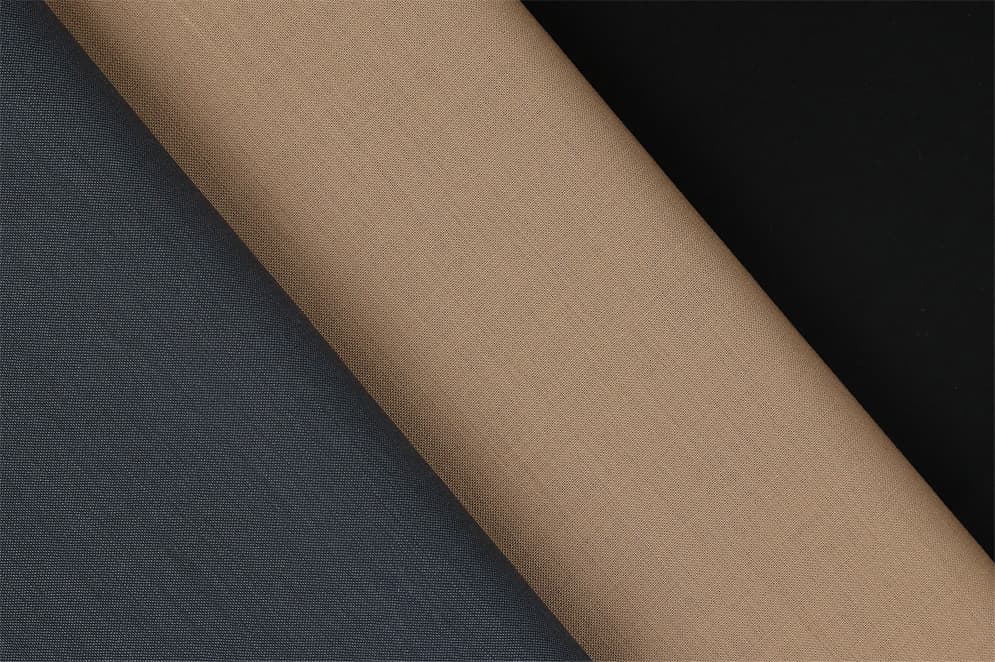

Let’s start with a confession: I have far more overshirts than any one man could need. This is particularly strange because I’m not an artist, or a workman, or a military man – nor do I earn a living in an edgy east London design agency – much as though I’d like to.
And yet, when it comes to the humble ‘shacket’, I keep coming back for more. I have them in heavy cotton drill that has faded pleasingly over time. I have them in smooth chambray, in bright checked cotton flannel, fine needlecord and in three or four different weights of linen. In short, I’m obsessed. I’ve argued for years that the overshirt is practical, easy to wear, and (next to a tailored jacket) an inexpensive investment – it’s a theory I’ve tested extensively.

As you might expect, the overshirt’s origins are distinctly functional. Like so much in menswear, it has its roots in functional workwear; it’s a close relation of the bleu de travail indigo-dyed work jacket favoured by French railwaymen and labourers in the early 19th century. These hardy canvas chore coats were originally dyed with indigo because the stuff was cheap at the time (remember this is pre-Levi’s) and the bright blue colour helped workmen to stand out, even in grimy conditions.
The chore jacket was subsequently adapted by various European militaries in the early 20th century, which helped to secure its place as a modern menswear staple, and introduced variations in khaki and beige cotton drill. In turn, this ensured its eventual graduation into mainstream civilian dress, where it became a mainstay of painters and artistes the world over – splashed in paint and covered in charcoal – you’ll doubtless have seen photographs of Picasso sporting one, for example.


Today, it’s practically impossible to find a menswear brand that doesn’t keep at least a couple of seasonal overshirts in its arsenal. If you’ve yet to try one, think of it as a relaxed alternative to a sports coat – casual, but not too casual. Heavy brushed cotton flannels are great in winter, while in summer, linen plain weaves or soft linen/cotton blends come into their own.

If you’d like to try something a little different, let me draw your attention to one of Albini’s recent innovations: Hemotion. A product of the company’s think tank, Albini Next, Hemotion is a new and exclusive spinning technology, which allows the mill to create cutting-edge shirt-weight woollen fabrics. These fabrics combine the drape and comfort of fine cotton with wool’s natural elasticity, breathability and crease resistance. Moreover, these cloths are sustainable, use fully traceable yarn, and are naturally resistant to pilling too.
It’s relatively new, but those shirtmakers who’ve tried it are smitten. I visited a shirtmaker on Savile Row last week, and he was very excited about his newly arrived bolt of royal blue Kent cloth – part of the Hemotion range by Thomas Mason – which, funnily enough, was destined to be made-up into a bespoke overshirt. Thanks to its weight and open weave, an overshirt cut in Kent fabric is the kind of thing you can wear all-year-round, but if you’re after something seasonal, Thomas Mason’s brushed cotton and cashmere qualities come in a range of earthy colours with luxurious handles.

When it comes to wearing an overshirt, it pays to keep things simple. Thrown over a button-down and chinos, perhaps with a colourful scarf to anchor everything together, it’ll make for a chic outer layer, all the better to use its plentiful pockets. I wear my hoard of shackets to travel in most of the time; stuffed with a mobile phone, passport, wallet, keys and headphones as a minimum.
Its sheer usefulness is, above all, the overshirt’s greatest strength. Certainly, if you choose to wear one or two in Thomas Mason cloth, I’ll wager you’ll fall for it too.

Beyond Blue and White: Some fresh thoughts on formal shirts

Swann Custom Shirts, a Shirtmaker Built For Today

Pierre Mahéo’s favourite parka
Cotonificio Albini S.p.A. - Via Dr. Silvio Albini 1, 24021 Albino (BG) – Italy
Società con unico socio - diretta e coordinata da Albini Group S.p.A.
P.I. 01884530161 - C.F. 08743540158 - Iscritta al Registro Imprese di Bergamo - REA 244649
Capitale sociale sottoscritto e versato € 11.170.960